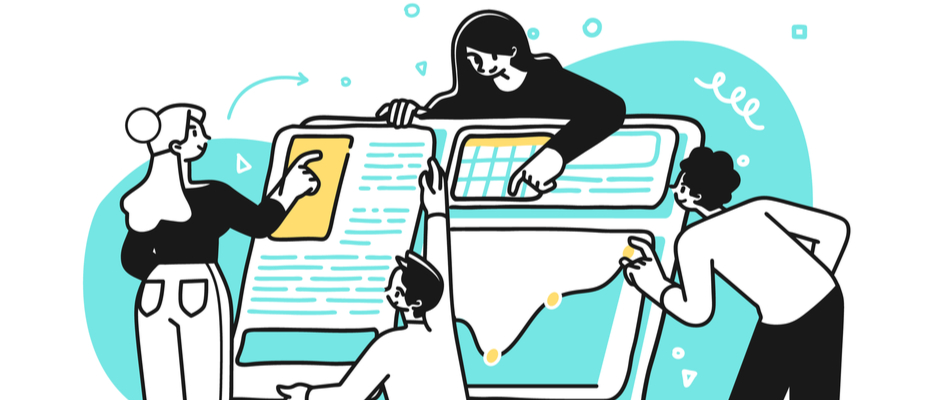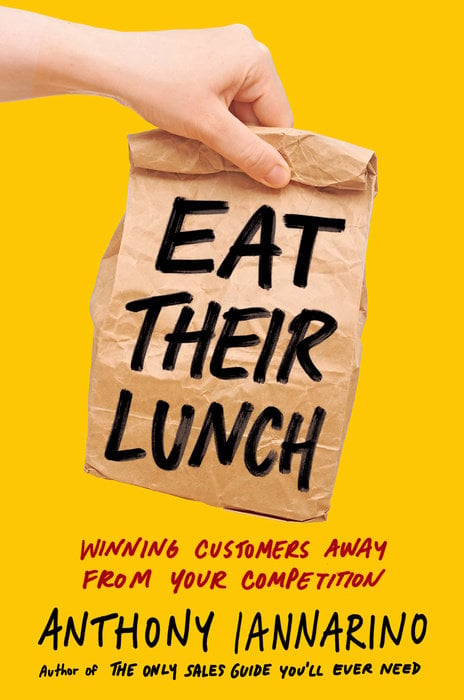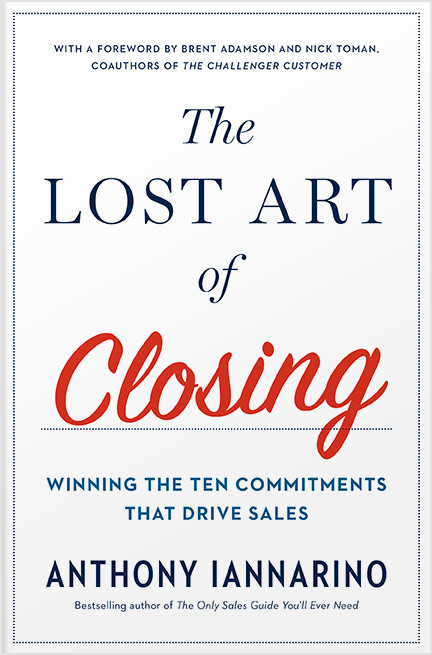The Gist:
- Your clients are going to choose between two concessions: taking money out of their solution by accepting a lower price, or paying more to achieve their results.
- Removing money from any solution doesn’t generally improve results, but increasing the investment in results ensures better results.
- Your role as a consultative salesperson is to help your client choose the right set of concessions.
No client wants to pay more than necessary to produce the outcomes they need. Much of the time, your client will ask you for a lower price simply because they have an obligation to do the best they can for their company (and yes, you have someone in your company who does the same). On other occasions, you’ll have a client press you on pricing because they are not sure whether the price is fair, likely due to a lack of experience buying what you sell.
For your part, you are trying to capture enough value from the value you create to be able to profitably ensure your client obtains the outcome they need. For those of us who don’t sell on price, capturing too little value means risking the ability to execute a model that is built on making greater investments than a “lowest price” model. When engaged in a contest with a lower-priced competitor, you are responsible for helping your client to choose the concessions they are willing to make.

Concessions of Taking Out Money
When a prospective client decides to buy from the company with a lower price, they have agreed to take money out of their own solution. Believing that all other things are equal, they select the cheaper offering, without thinking about how that company can deliver their solution at the lower price. The way a company competes on price is to reduce the cost of delivering their solution, i.e., removing the investments that others make to deliver better results. Your clients are likely to believe that the company with a lower price is reducing their profit, which may be partly true. More often, however, the way a company consistently delivers a lower price is by stripping money out of the business.
For most businesses, the largest line in the profit and loss statement is payroll, one of the first places a company might decide to find cost savings. It is rare that you provide clients with better service and support by removing the investment in the areas where problems resemble a whack-a-mole game, with two new problems rearing their ugly heads as soon as you hammer one down. Regardless of where the lower-priced company removes money so they can offer a lower price, directly or indirectly they lessen the amount of money they can invest in serving their client.
As a consultative salesperson, it is your duty to help your client recognize that taking the lower price means accepting the fact that certain results will be more difficult to achieve due to a lack of investment. The reason you lose deals to cheaper competitors is because they sell as if the only difference between your solution and theirs is that yours costs more, which is why you have to differentiate yourself in a meaningful and convincing way.

Concessions of Paying a Higher Price
You might believe that paying more for a solution to ensure they produce the best outcome means your client is making no concessions, but that’s not true. The concession they are making is paying the higher price, spending money that they might have used in some other way.
Investing more to buy a solution is what allows the sales organization to invest more in the client’s outcomes, better ensuring their client achieves what they need. Companies that operate a model that is high trust, high caring, and high value tend to make greater investments in delivering better results for their clients. Much of the time, their clients have no solid idea why the price is higher, but if pressed they’d assume they’re getting better quality than the competition offers. A few cynics might assume that high prices are just there to gouge clients.
People tend to recognize that higher prices indicate more valuable products. Many also believe that “good enough” is good enough, until it isn’t good enough. You help your clients by explaining the investments you are making to ensure they achieve the results they need, to show how the few pennies more you invest in certain categories of your business and your solution are necessary to the results they need. In short, you are helping them to make the right concession.

Win customers away from your competition. Check out Eat Their Lunch
Choosing Between the Two Concessions
You will lose deals to lower-priced competitors because some decision-maker or decision-shaper believes that there is no meaningful difference between your higher price or your competitor’s lower price as it pertains to their results. In doing so, they mostly accept a lower price without recognizing the higher cost it imposes on their business, at least until the problems start to multiply and they experience failures.
You will win new clients, including ones who passed on your price the first time, because your competitors fail their clients by underinvesting in the results they need. That failure proves that the investment was necessary to produce the better outcomes, the goal that caused the client to buy the solution in the first place.
There is no reason to speak poorly of your competitors when you have the option of being consultative—and critiquing their business model and the competitive strategy of lower prices. You can help your prospective clients understand the concessions they are choosing by talking to them about the greater investments you have found to be necessary to produce the results they need, and by demonstrating how you have had to help other clients recover the higher costs they incurred by taking money out of their solution.
Do Good Work:
- What concessions do your lower-priced competitors make that cause their clients to struggle or fail?
- What concessions do you refuse to make because doing so harms your clients?
- How do you help your client choose the right set of concessions?










.jpg?width=768&height=994&name=salescall-planner-ebook-v3-1-cover%20(1).jpg)


